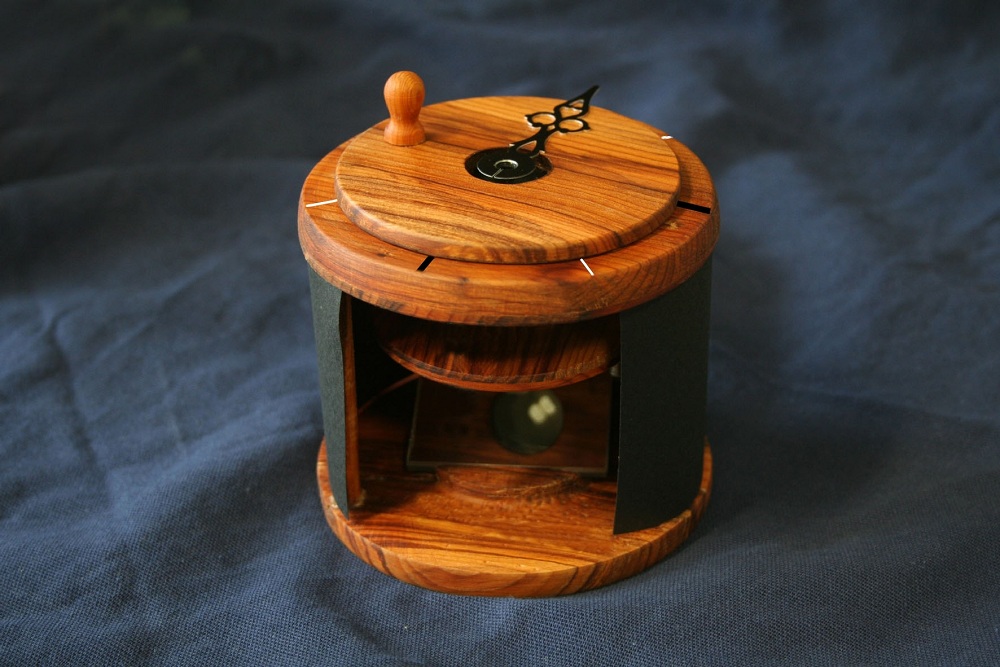'Magic' Viking Sunstone Just Natural Crystal

Before the invention of the magnetic compass, navigating with a sundial would have been difficult, particularly on overcast days. Ancient Viking lore suggests that they had a magical tool to find the sun, even when the star was hidden.
Researchers have now discovered the crystal that would have made such a magical apparatus possible. The Vikings could have used a common calcite crystal, called an Icelandic spar, to find the sun in the high latitudes where they would have had to battle long twilights and cloudy skies to navigate. This special "sunstone" could find the direction of the sun even when it was out of view because it plays a trick with the light.
"The Vikings could have discovered this, simply by choosing a transparent crystal and looking through it through a small hole in a screen," study researcher Guy Ropars wrote in an email to LiveScience. "The understanding of the complete mechanism and the knowledge of the polarization of light is not necessary."
Finding the sun
To use the crystal, the Vikings would have held the stone up to the center of the sky (from their perspective). When sunlight hits the crystal, that light gets polarized and broken into an "ordinary" and an "extraordinary" beam.
On a clear day, the Vikings would have rotated the crystal until the two beams lined up. Since these two beams line up and have the same brightness at only one angle, by noting where the sun is when this happens the Vikings could establish a reference point that could be used even when the sun wasn't visible.
There are several other types of crystal that have this same property, but they wouldn’t have been too useful because they aren't as clear or as common, the researchers said. The Icelandic spar that the researchers analyzed is very common along the coasts of Iceland, and is also common today in Brazil and Mexico.
Get the world’s most fascinating discoveries delivered straight to your inbox.
The real sunstone?
While none of these Icelandic spar crystals has been found in a Viking settlement, one was recently discovered in an Elizabethan shipwreck from 1592 in the English Channel. The researchers are currently confirming that this crystal could have been used to find the sun when it was out of sight, which they think might be true because a large cannon on board the ship would have interfered with a magnetic compass.
The research is a theoretical confirmation of previous research by another lab suggesting these kinds of crystals could be useful to find the sun. In their laboratory at Rennes, France, they say a prototype sunstone compass they made using calcite works particularly well (even with the naked eye) when the sun is beyond the horizon and even after the stars come out.
Polarized light is also widely used by animals in nature, to create colorful shells and as a way to see the world around them.
The study was published today (Nov. 1) in the journal Proceedings of the Royal Society A: Mathematical Physical & Engineering Sciences.
You can follow LiveScience staff writer Jennifer Welsh on Twitter @microbelover. Follow LiveScience for the latest in science news and discoveries on Twitter @livescience and on Facebook.
Jennifer Welsh is a Connecticut-based science writer and editor and a regular contributor to Live Science. She also has several years of bench work in cancer research and anti-viral drug discovery under her belt. She has previously written for Science News, VerywellHealth, The Scientist, Discover Magazine, WIRED Science, and Business Insider.



